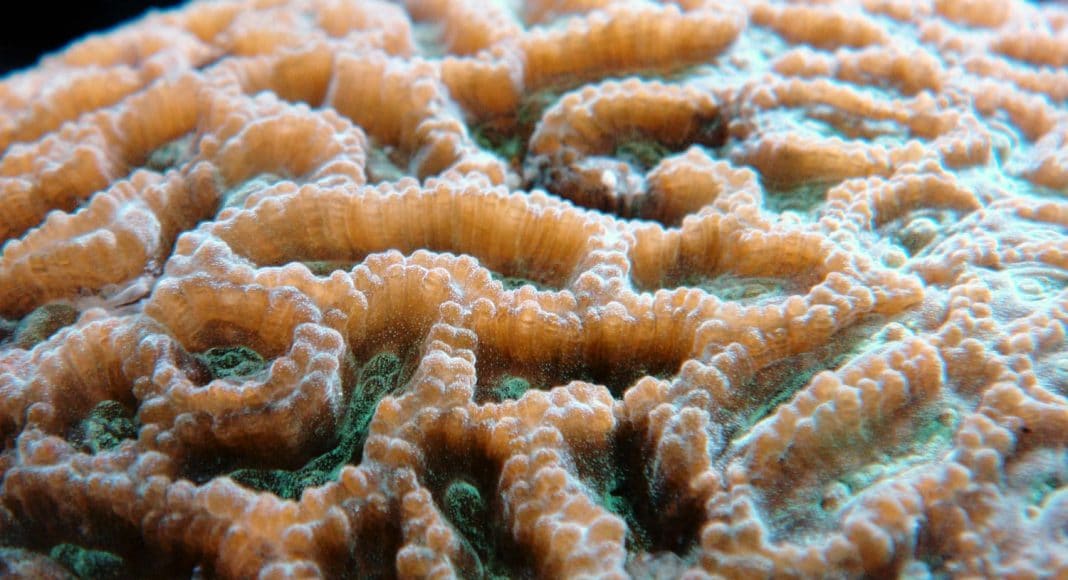Cannabis has been proven to be safe and effective to treat a wide variety of ailments. From inhibiting the spread of breast cancer tumors to combating chronic pain, cannabis’ use is multipurpose. But how does the plant fare among one of the most aggressive forms of brain cancer? According to a study, very well.
Glioblastoma is a malignant tumor that affects the brain or spine. It is so aggressive that once the glioblastoma reaches stage 4, the average life expectancy is less than two years, even with surgery, chemotherapy and radiation. Unfortunately, traditional treatments for the disease are very unsuccessful, causing the 200,000 people inflicted by the disease to seek alternative options.
-
Related Story: Little-Known Health Effects Of Medical Marijuana
Researchers at the St. George’s University of London have set out to change this unfortunate prognosis. In a study conducted with mice, they observed the effect of cannabis compounds (cannabinoids) on glioma masses, when combined with radiation.
The team studied mice that were suffering from glioma and treated them with radiation alone (as the control group) and radiation with the cannabis compounds THC (the chemical responsible for euphoria) and CBD (the chemical with non-psychoactive side effects). They noted that that after the administration of these compounds and in combination with the radiation, there was a “dramatic” reduction of the glioma masses.
Specifically, researchers noted that “pretreating cell with THC and CBD together for 4 hours before irradiation increased their radiosensitivity when compared with pretreated with either of the cannabinoids individually.” In many cases, the tumors decreased to as low as one-tenth of the sizes of the tumors in the group of mice treated with radiation alone.
-
Related Story: Why Won’t My Doctor Prescribe Medical Marijuana For Me?
The study shows that while there isn’t a confirmed cure for Glioblastoma, the triple power of THC, CBD and radiation is extremely promising, with the possibility of providing “a way of breaking through glioma and saving more lives.”


